Dien Bien Phu Campaign: On April 21, 1954, the number of enemy soldiers killed accounted for about half of the total enemy forces in the Northern and Central sectors. If the enemy forces in the Southern sector (Hong Cum) were included, they had lost about two-fifths of their forces.
On our side: On the Dien Bien Phu front, in order to break the enemy's defense, on April 21, 1954, our units defeated many enemy counterattacks, expanded the battlefield through the barbed wire fence at the last position west of the airport and destroyed a number of bunkers protecting the strongholds.
To carry out the mission of destroying the last position in the West and capturing Muong Thanh airport, completely cutting off enemy supplies and reinforcements, the leaders and commanders of Division 308 and Division 312 determined to mobilize units to participate in digging trenches to divide the enemy airport to complete the target ahead of schedule.
Our troops urgently built up positions, getting closer and closer to the enemy, in some places only about 10 meters from the stronghold fence. The high points in the East that we captured, especially Hill D1, became strong defensive positions to fight the enemy's counterattacks and were also our starting positions for attacks. Our mortar and artillery fire on these high points always threatened the enemy day and night.

Muong Thanh Airport was shelled by our army during the Dien Bien Phu Campaign. Photo: VNA
In terms of terrain, our army controlled most of the high points in the East, controlled all the high points in the North of Muong Thanh field and developed the offensive position close to the airport, tightened the siege, limited the enemy's supplies and reinforcements, and cut off the supply route between Muong Thanh and Hong Cum. Their occupied area and airspace were also greatly reduced.
Under the impact of military victories, the people's military agitation work in the delta achieved great results, contributing to the disintegration of tens of thousands of puppet soldiers. Typically, in April, the Ha Nam provincial party committee launched a political attack on the enemy ranks. There were days when thousands of people went to enemy posts and barracks, calling on their relatives to return. As a result of this military agitation, in Ha Nam alone, more than 4,000 enemy soldiers deserted and returned to their families and the revolution. Many of them brought weapons with them.
In Hanoi , while the Dien Bien Phu and Northern Delta battles were raging fiercely, the City Party Committee advocated stepping up the military propaganda work to disintegrate the enemy ranks. This work attracted the participation of all agencies, organizations and people from all walks of life. After being enlightened by the people, many puppet army units that had just returned from sweeping the delta used various excuses to shirk their duties. The 5th Airborne Battalion stationed at Truong Buoi and the 7th Airborne Battalion at the Vietnam School were completely disbanded. At Bach Mai Airport, in just 5 days, 1,200 soldiers deserted. With such great results, the military propaganda work truly became a formidable offensive spearhead, causing many difficulties for the French side in replenishing forces and rescuing the front, especially at Dien Bien Phu.
On the enemy side: They encountered great difficulties. About 5,000 enemy soldiers were eliminated from the battle, four battalions and nine enemy companies were completely destroyed. The number of enemy soldiers killed accounted for about half of the total enemy forces in the Northern and Central sub-regions. If we include the enemy forces in the Southern sub-region (Hong Cum), they lost about two-fifths of their forces.
However, the enemy still tried every way to supplement their forces, weapons and equipment to maintain the fight, trying to hold Dien Bien Phu until the end. At this time, the first rains of the season had begun to fall, making both sides' trenches soaked with water. Navarre and his staff believed that if they could hold Dien Bien Phu until around May 20, 1954, the French army would win because at that time, heavy rain and floods would make it impossible for us to solve the supply problem and we would definitely have to retreat. To carry out that intention, the French air force in Indochina was also mobilized to the maximum to ensure supplies and attack our positions and transportation routes from the rear to Dien Bien Phu. The French transport aircraft force was used by Navarre beyond its technical capacity and made Lauzin, the Commander of the French Air Force in Indochina, complain in frustration: “The French transport aircraft flew from 3,700 hours per month to 7,000 hours, while supplies suddenly increased from 4,000 tons/month to 10,000 tons. In mid-April alone, 8 planes were shot down and 47 were damaged.”

The wreckage of a B24 plane shot down by anti-aircraft artillery of Regiment 367 on the Dien Bien Phu battlefield. Photo: Archive
In general, after two attacks by our army, the French generals saw the danger that the Dien Bien Phu stronghold could be destroyed. Faced with that danger, not only the French government was confused but the US was also very worried. Along with providing France with huge aid, the Pentagon proposed a military plan called "Vulture", which planned to use 80-90 B29 aircraft (the largest strategic aircraft of the US at that time) from Clark Field base and escorted by 150 fighter planes of the 7th Fleet, to bomb and "crush" the units of the Viet Minh army besieging Dien Bien Phu.
THANH VINH/qdnd.vn
Source



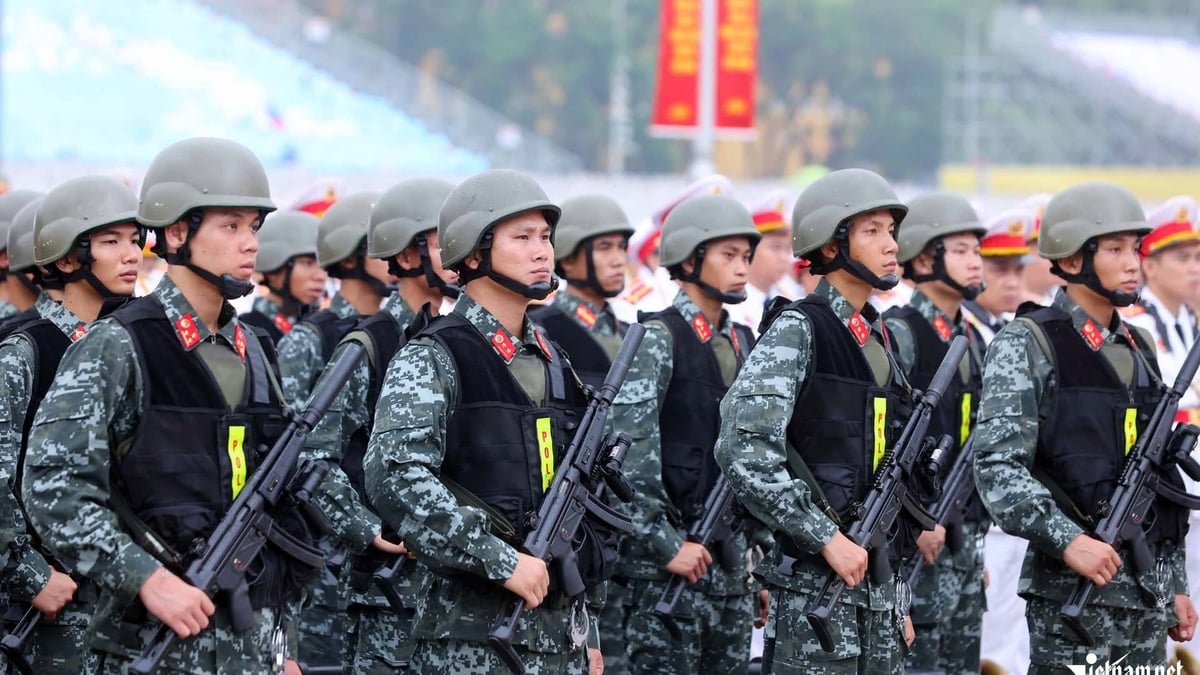
![[Photo] President Luong Cuong receives Speaker of the New Zealand Parliament Gerry Brownlee](https://vphoto.vietnam.vn/thumb/1200x675/vietnam/resource/IMAGE/2025/8/29/7accfe1f5d85485da58b0a61d35dc10f)

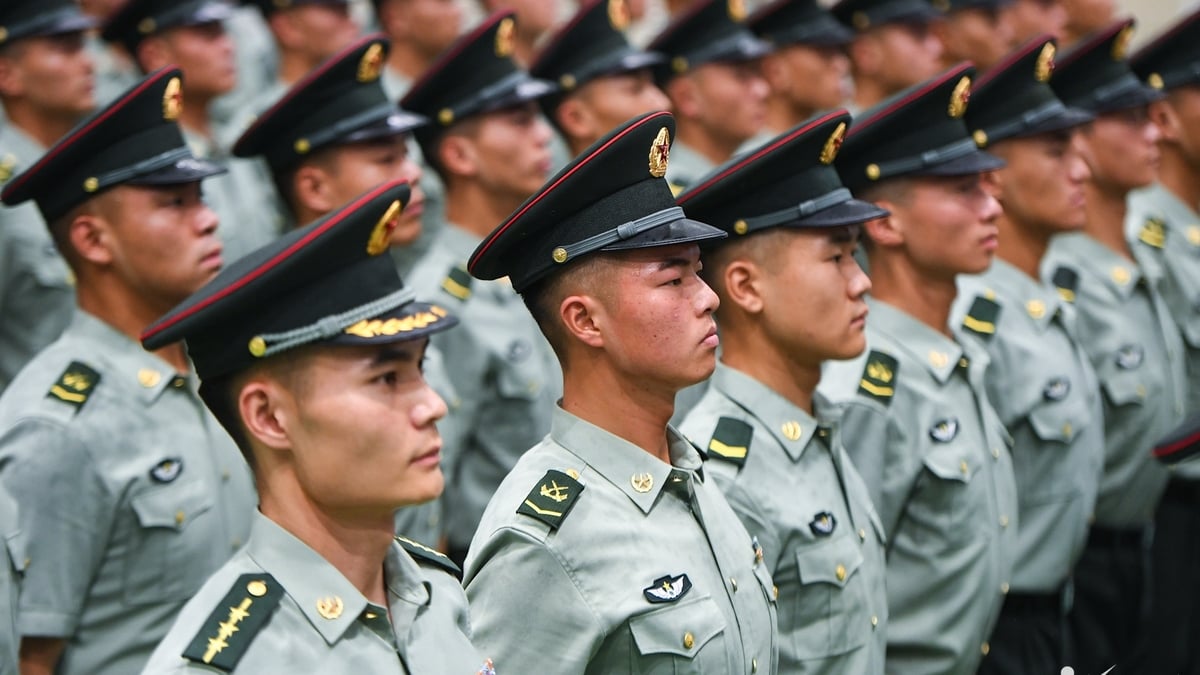
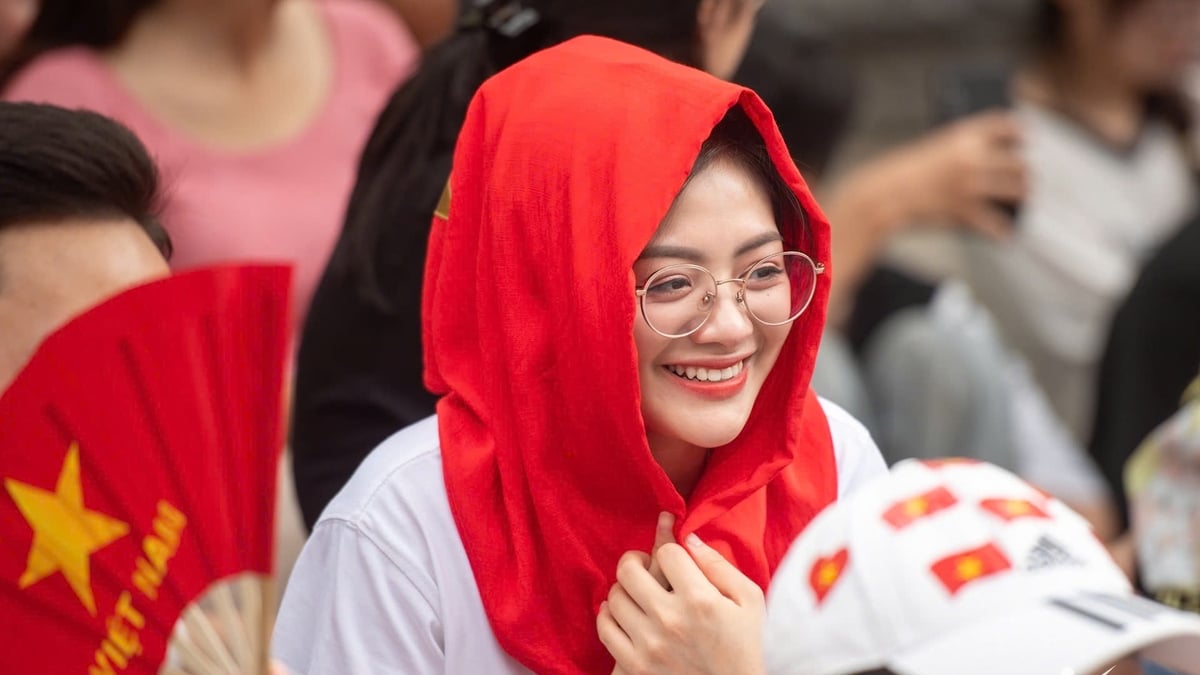
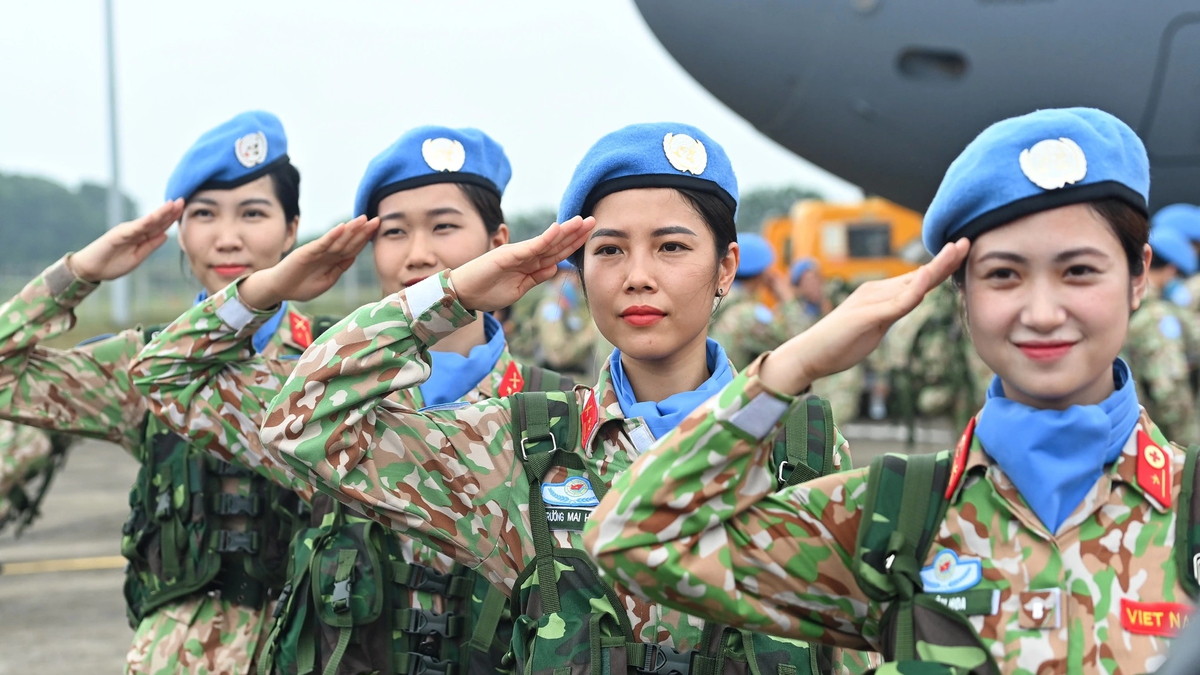
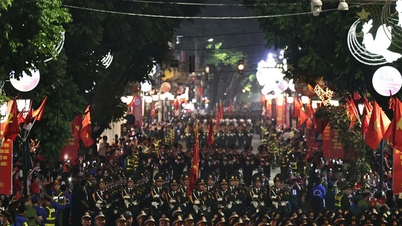

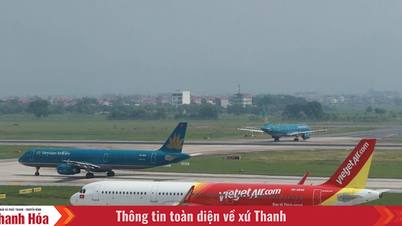



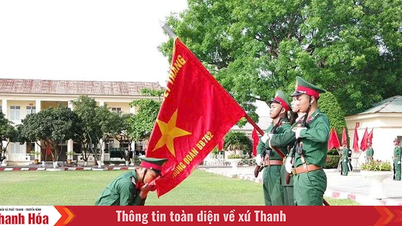
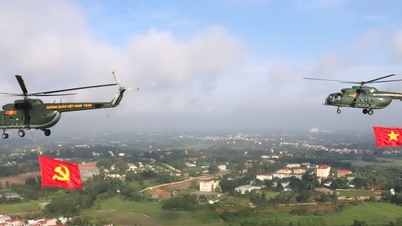




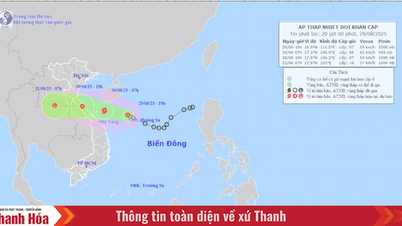

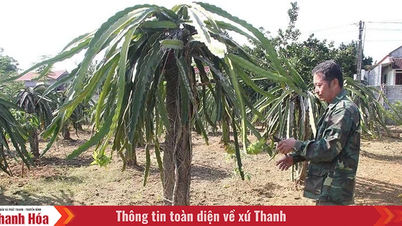

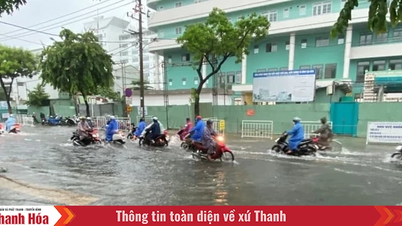
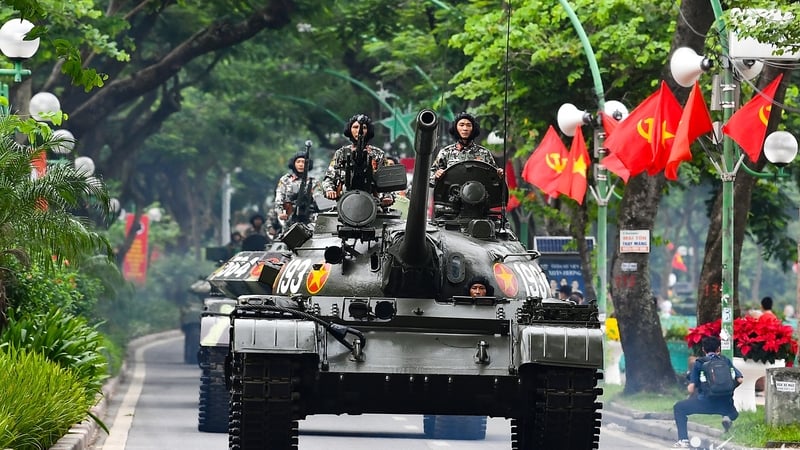



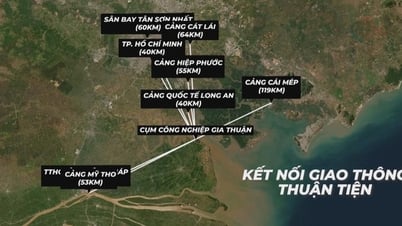

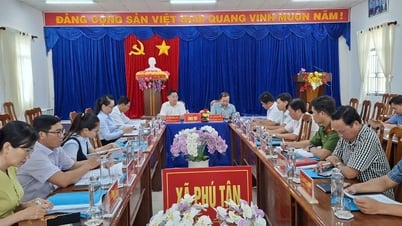
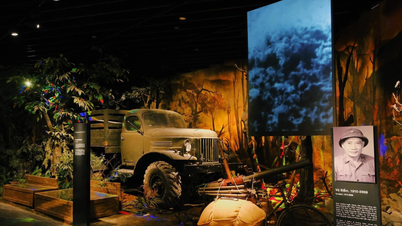
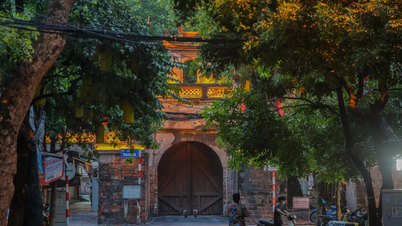




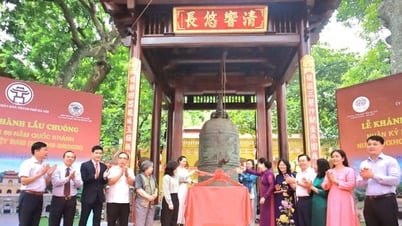
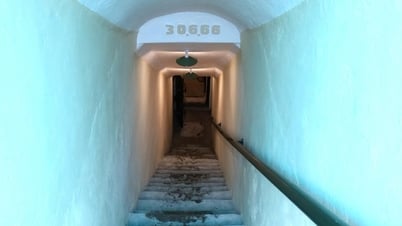

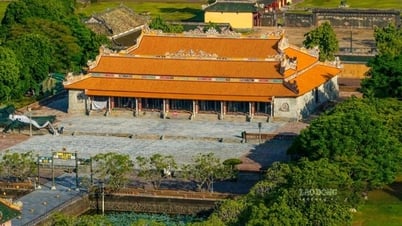
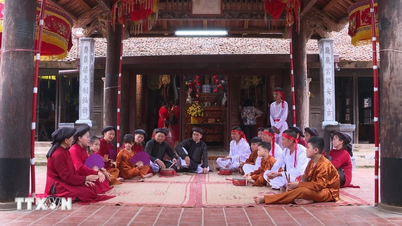
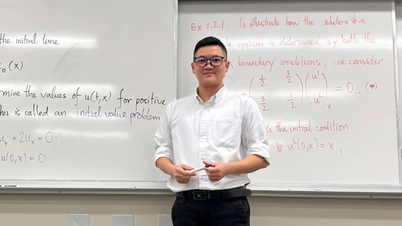
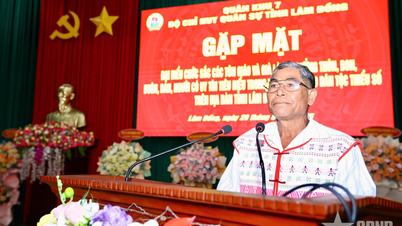




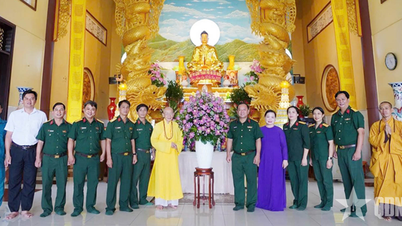
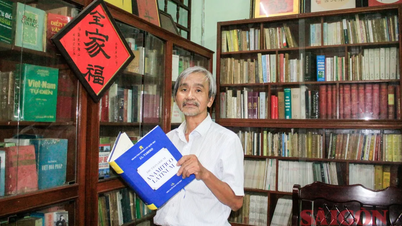





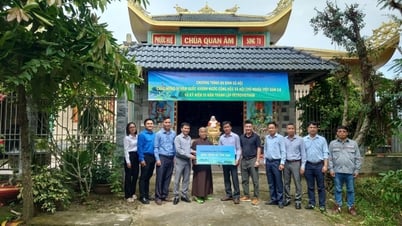


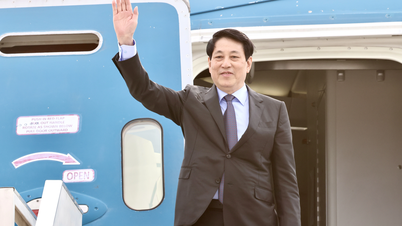
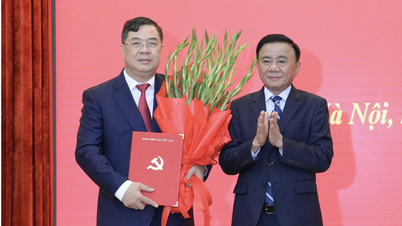

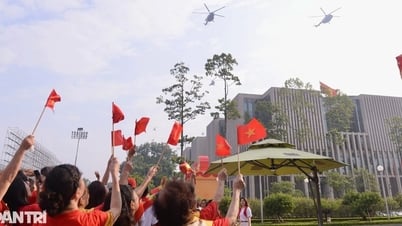


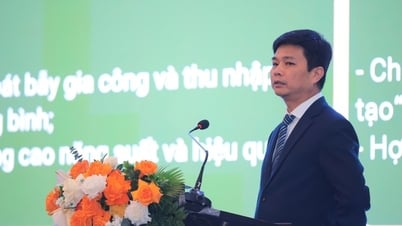


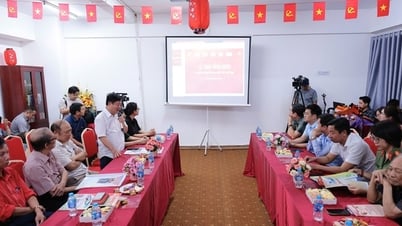


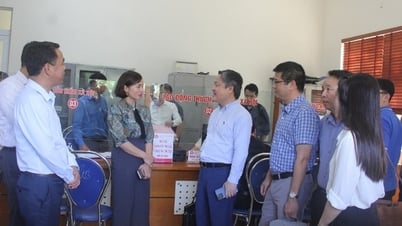
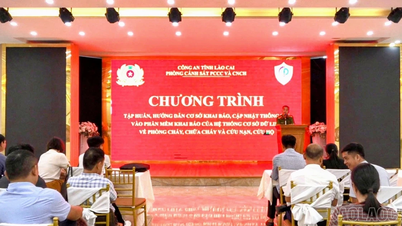

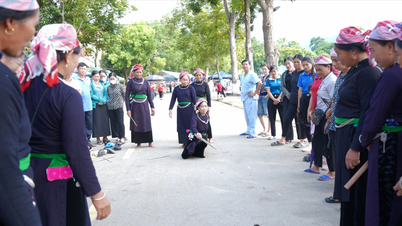







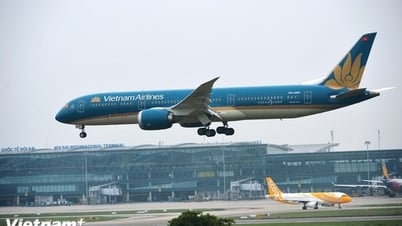










Comment (0)